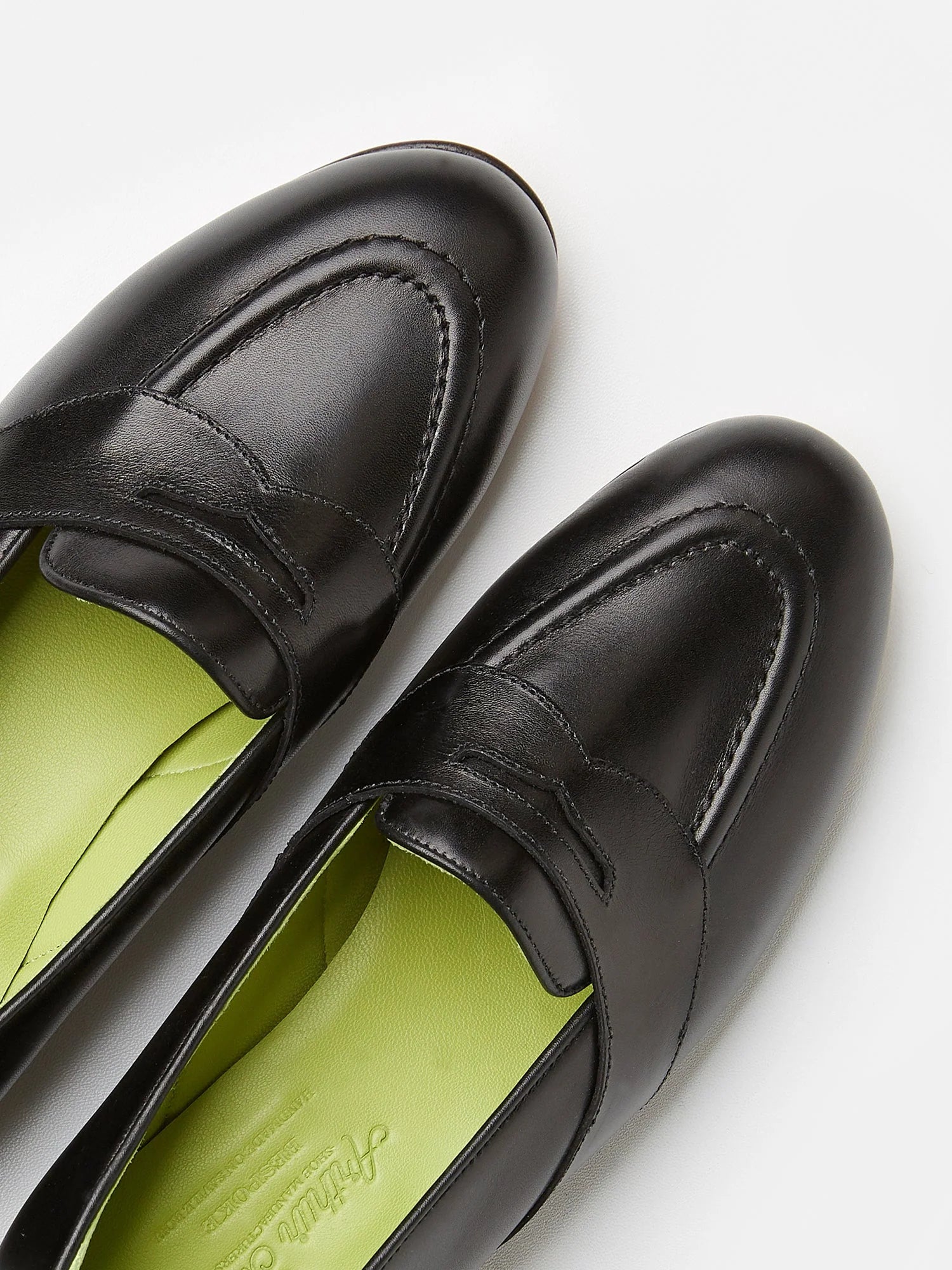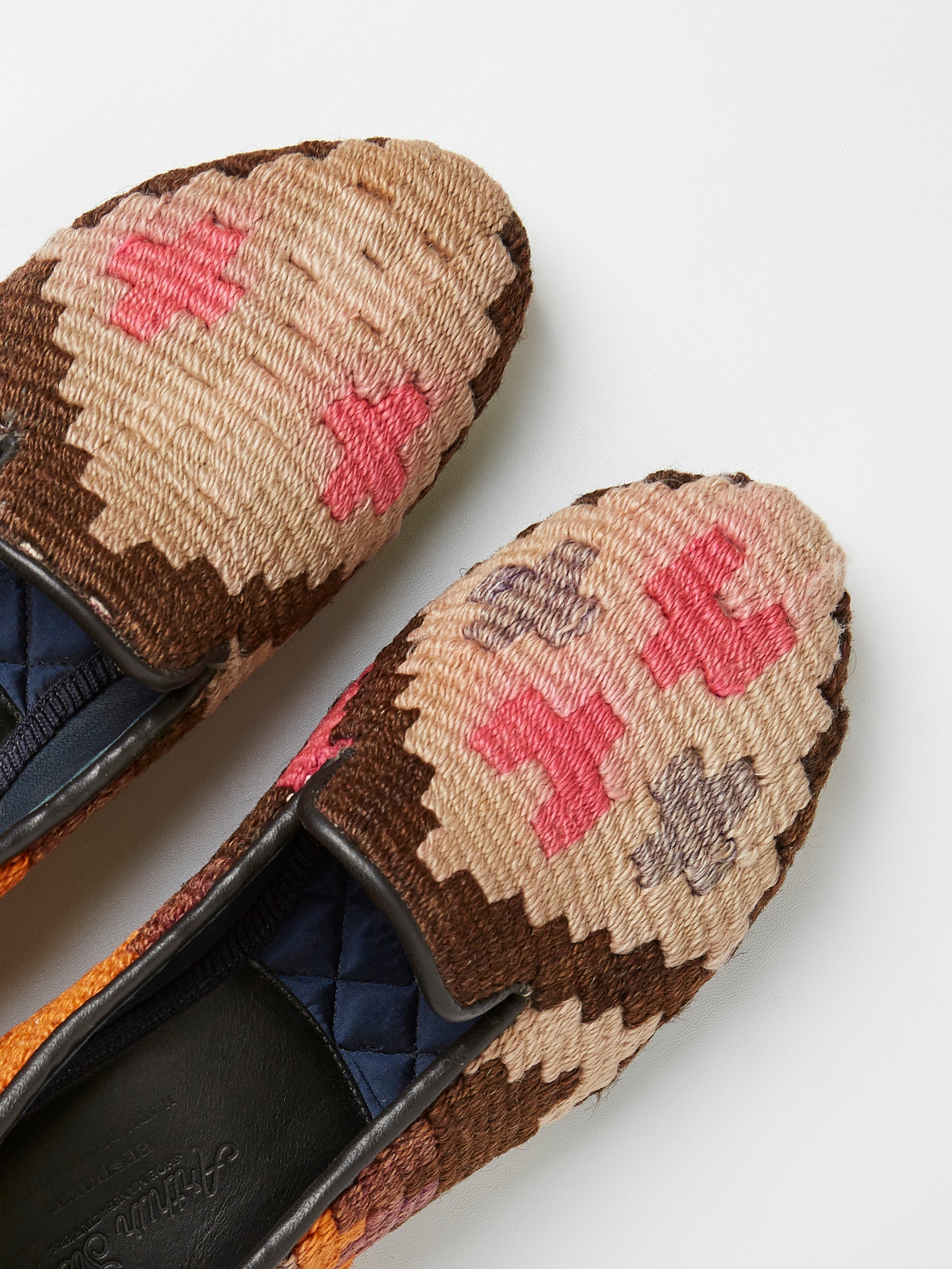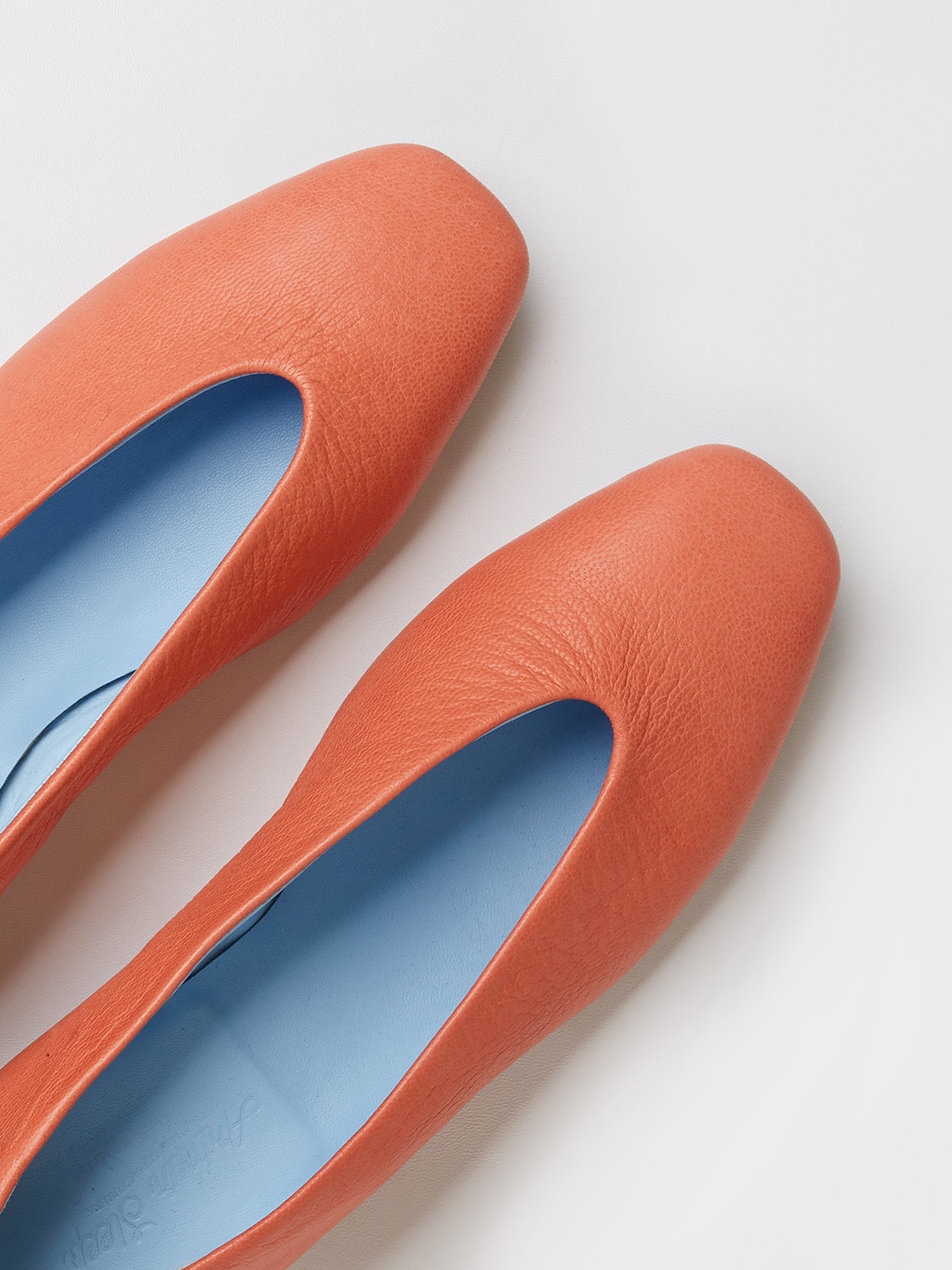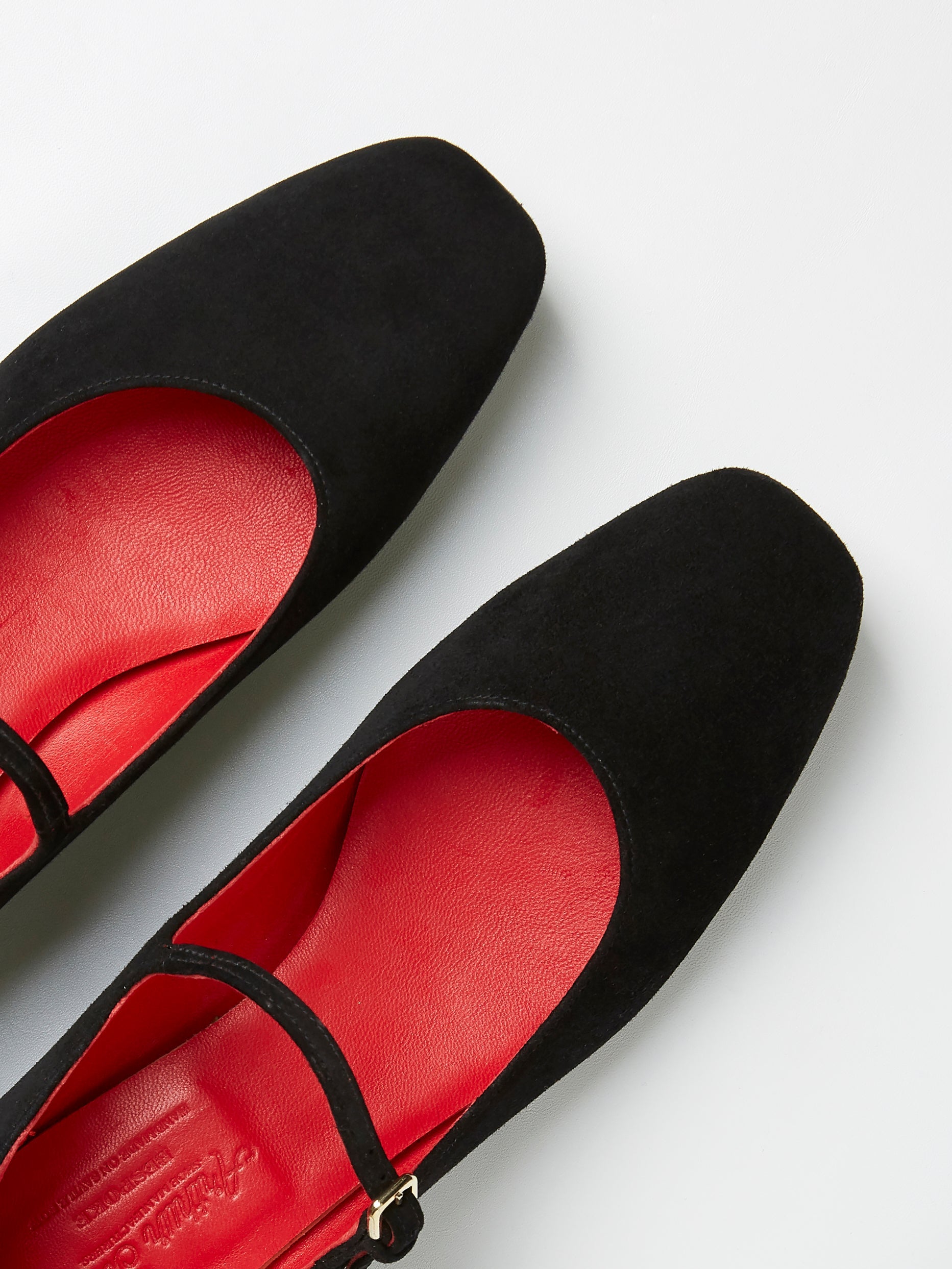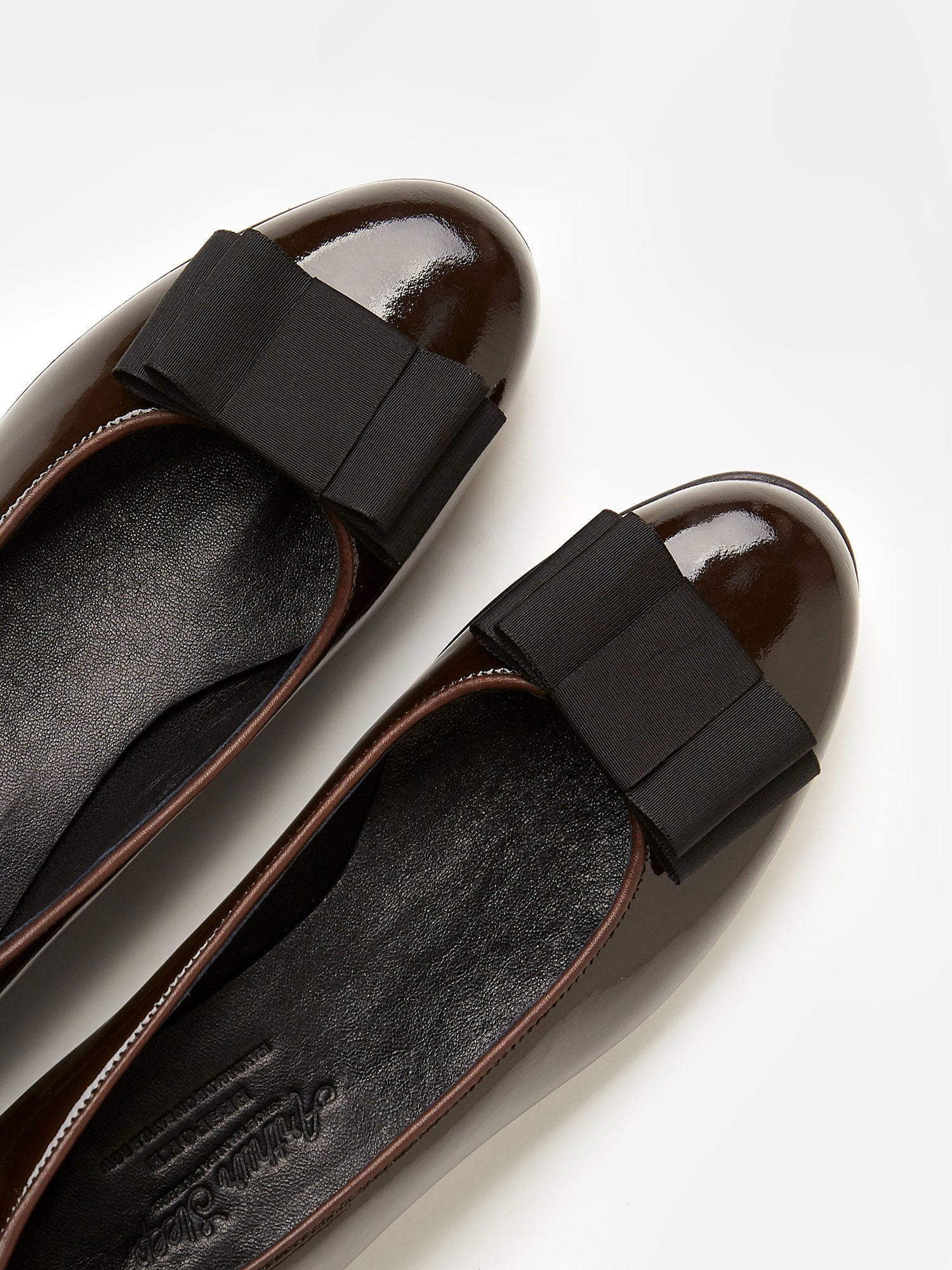In October 1973, the Nautical Archaeology division of the British Sub Aqua Club was searching for a shipwreck on the bottom of Plymouth Sound. Over 1000 ships are believed to have sunk in this dangerous stretch of water, so the club was unsurprised when they discovered a ships bell peaking out of the silt at the bottom of the sound. What was surprising was that the bell belonged to the Metta Catharina, a late 18th century brigantine ship from the Danish port of Flensburg. What was still more surprising was the ships cargo.
When searching for other parts of the Catharina, the divers spotted an odd, formless object that looked like a dense tangle of seaweed, or perhaps a piece of rotting wood. When they brought a sample to the surface, they realised the object was a roll of leather, and that the leather was remarkably well preserved.
Archival research revealed that the Catharina was built in 1782, and that it was travelling from St Petersburg to Genoa with a cargo of leather and hemp when it sunk in 1787. Newspaper reports revealed that the crew all survived, but the ship and cargo were believed lost. While the hemp would have rotted in the subaquatic conditions, the mud and silt at the bottom of the sound preserved the leather for more than 200 years.
St Petersburg was the centre of the Russian tanning industry, and their leather was in demand all over Europe because of its high quality, suppleness, aroma, water resistance, and pest repellent qualities. Genoa was the centre of the Italian bootmaking trade at the end of the 18th century, so it was believed the leather aboard the Catharina was destined to be turned into boots. Over a period of 33 years, hundreds of hides were brought to the surface, all in remarkable condition, and all with unique colouring and still smelling of the Birch oil used to finish their tanning.
As the sea bed in which the Catherina lies belongs to the Duchy of Cornwall, any salvage belonged to the then President of the British Sub Aqua Club, Prince Charles, Duke of Cornwall. Prince Charles, now King Charles III, very generously waved his ownership rights over the leather and agreed some of it should be sold to craftspeople to help finance the excavation of the wreck.
Arthur Sleep has recently acquired pieces of this remarkable and unique leather, and will be incorporating them into shoes and boots, as the original tanners of the leather intended over 200 years ago.

